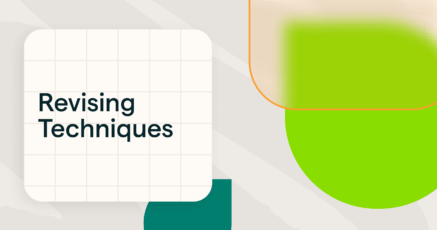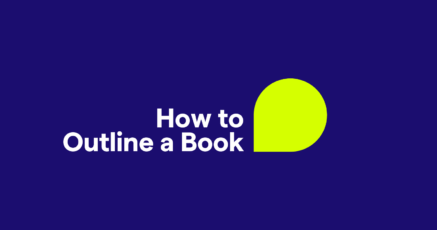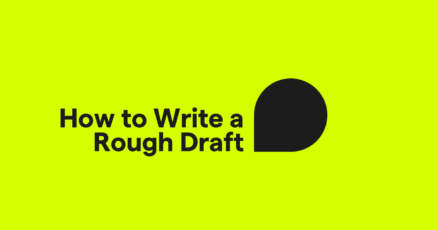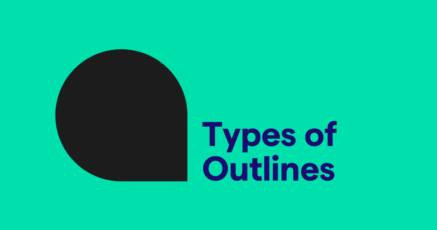Writing Process
 4 Proven Techniques for Revising Your WritingEffective revision isn’t just about reading your draft over and over again. Without a strategy, it’s easy to miss structural...July 3, 2025
4 Proven Techniques for Revising Your WritingEffective revision isn’t just about reading your draft over and over again. Without a strategy, it’s easy to miss structural...July 3, 2025 How to Revise Effectively: A Step-by-Step Guide to Revising Your WritingRevising your writing can seem overwhelming, but approaching it in clear, manageable steps makes the process more effective and...July 3, 2025
How to Revise Effectively: A Step-by-Step Guide to Revising Your WritingRevising your writing can seem overwhelming, but approaching it in clear, manageable steps makes the process more effective and...July 3, 2025 How to Proofread in 11 StepsProofreading is a critical final stage of the writing process where you correct small mistakes in grammar, spelling, style, and...June 30, 2025
How to Proofread in 11 StepsProofreading is a critical final stage of the writing process where you correct small mistakes in grammar, spelling, style, and...June 30, 2025 How to Outline a Book in 7 StepsWriting a book can be exhilarating, but it can also be overwhelming. Whether you’re crafting a novel, a memoir, or a nonfiction...June 12, 2025
How to Outline a Book in 7 StepsWriting a book can be exhilarating, but it can also be overwhelming. Whether you’re crafting a novel, a memoir, or a nonfiction...June 12, 2025 How to Write an Effective Rough Draft: Practical Tips for Every WriterStarting a piece of writing can feel overwhelming, especially when you’re staring at a blank page. That’s where the rough...May 19, 2025
How to Write an Effective Rough Draft: Practical Tips for Every WriterStarting a piece of writing can feel overwhelming, especially when you’re staring at a blank page. That’s where the rough...May 19, 2025 6 Types of Outlines in Writing (With Examples) and When to Use ThemEver feel like your thoughts are racing in a thousand different directions when you start writing? That’s where outlining comes...April 30, 2025
6 Types of Outlines in Writing (With Examples) and When to Use ThemEver feel like your thoughts are racing in a thousand different directions when you start writing? That’s where outlining comes...April 30, 2025 Brainstorming With AI: How to Generate Better Ideas, FasterBrainstorming sits at the heart of creativity. Whether you’re planning a blog post, outlining a presentation, or launching...April 28, 2025
Brainstorming With AI: How to Generate Better Ideas, FasterBrainstorming sits at the heart of creativity. Whether you’re planning a blog post, outlining a presentation, or launching...April 28, 2025 How to Write an Outline: 6 Steps to Organize Your Ideas ClearlyFeeling overwhelmed by a jumble of ideas? An outline is your roadmap. It turns scattered thoughts into a clear, structured plan....April 21, 2025
How to Write an Outline: 6 Steps to Organize Your Ideas ClearlyFeeling overwhelmed by a jumble of ideas? An outline is your roadmap. It turns scattered thoughts into a clear, structured plan....April 21, 2025 How to Come Up With Blog Ideas (15 Creative Ideas to Get Started)Quick takeaways: Use brainstorming techniques like mind mapping and SCAMPER to generate ideas. Tap into resources like experts,...April 15, 2025
How to Come Up With Blog Ideas (15 Creative Ideas to Get Started)Quick takeaways: Use brainstorming techniques like mind mapping and SCAMPER to generate ideas. Tap into resources like experts,...April 15, 2025 23 Brainstorming Tools to Spark Creativity and Organize IdeasGreat ideas don’t appear out of thin air—they take exploration, structure, and sometimes the right tools to bring them to life....April 10, 2025
23 Brainstorming Tools to Spark Creativity and Organize IdeasGreat ideas don’t appear out of thin air—they take exploration, structure, and sometimes the right tools to bring them to life....April 10, 2025